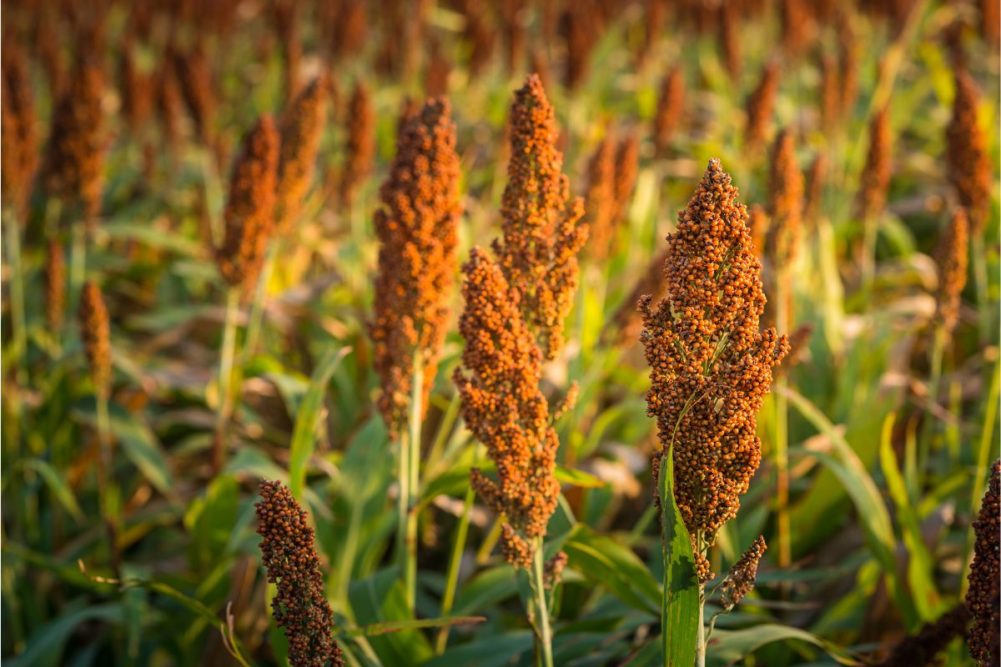WEST LAFAYETTE, INDIANA, US — Scientists with the Agricultural Research Service (ARS) of the US Department of Agriculture and Purdue University have discovered a sorghum gene they say can help the cereal grain ward off anthracnose, a pernicious plant fungus that can cut yields by up to 50%.
The discovery, which opens the door to breeding disease-resistant sorghum cultivars that are less reliant on fungicides while protecting quality and yields, will be reported in an upcoming issue of The Plant Journal.
Anthracnose attacks all parts of a susceptible sorghum cultivar, often forming reddish lesions on leaves and the stem as well as causing damage to the plant’s panicles and grain heads. The gene breakthrough could fortify the natural disease defenses of sorghum, the fifth-most grown cereal grain crop in the world and important source of human and animal nutrition.
Matthew Helm, a research molecular biologist at ARS’s Crop Production and Pest Control Research Unit in West Lafayette, Indiana, US, and a team of Purdue University scientists led by Demeke Mewa, have identified a disease-resistance gene known as “ANTHRACNOSE RESISTANCE GENE 2” (ARG2). The gene orchestrates a series of defense responses to early infection by the anthracnose fungus, preventing its spread to the rest of the plant and grain heads.
Sorghum plants carrying ARG2 also withstood the fungus when greenhouse temperatures were increased to 100 degrees Fahrenheit (38 degrees Celsius). This temperature stability could be a potential boon for sorghum production regions of the world where growing season temperatures can reach those levels, researchers said.
ARG2 and its protein don’t protect sorghum from all types of anthracnose. However, combining ARG2 with other similar genes could help broaden that protection, either through conventional plant breeding methods or biotechnological ones, the researchers said. With ARG2’s discovery, scientists now have a key to unlocking a fuller understanding of how the mechanisms of anthracnose resistance work and making the best use of them as a disease defense.
In addition to Mewa and Helm, The Plant Journal paper’s other authors are Sanghun Lee, Chao-Jan Liao, Augusto Souza, Adedayo Adeyanju, Damon Lisch and Tesfaye Mengiste, all of Purdue University.






